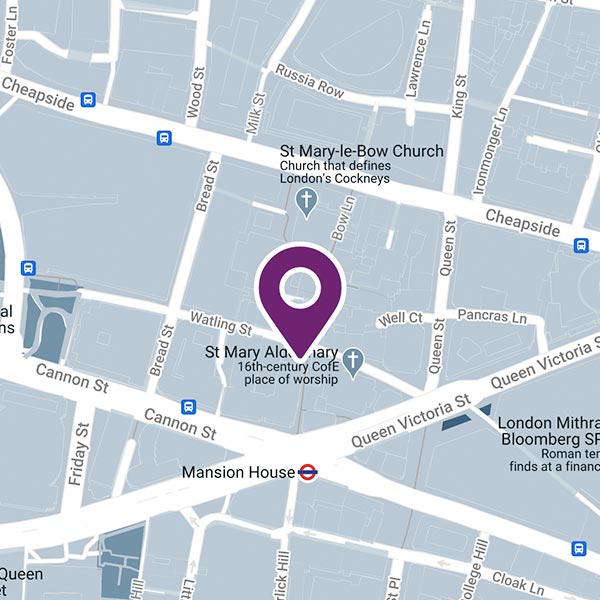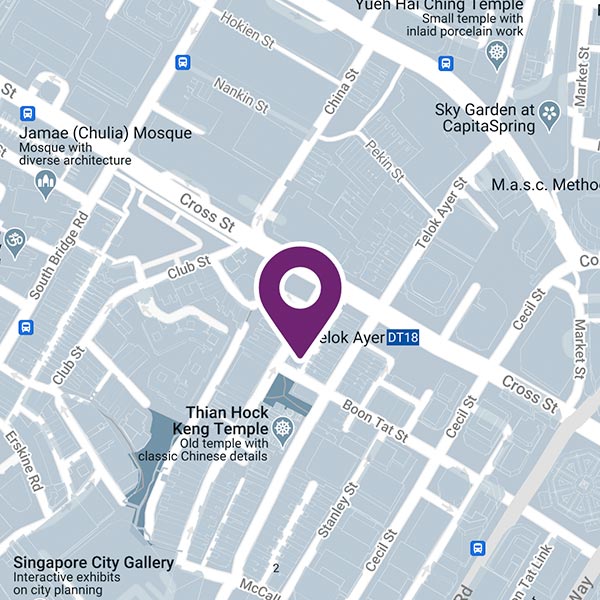In recent years, diversity, equity and inclusion (DEI) have become a hot-button issue in the business community. Companies have been called out on their lack of diversity, with some even being slapped with lawsuits for discrimination. But there is also an uptick in organisations taking real action to improve their workplace culture and make it more inclusive. We've found four ways to take concrete action on diversity, equity, and inclusion in the workplace.
1. Differentiate between a diversity initiative and an equity-inclusion initiative.
It's essential to understand that diversity initiatives are about increasing the number of people from different backgrounds in your workforce, while equity-inclusion initiatives are centred on changing workplace culture. An example of a diversity initiative might be hiring more women into engineering roles at an organisation. An example of an equity-inclusion initiative might include training managers to stop contributing to the "boys club" at work or creating a non-retaliation policy for employees who report micro-aggressions such as sexist jokes. To create a genuinely diverse and inclusive corporate culture, you must implement both a diversity and equality program.
2. Mitigate your internal bias.
Internal bias is a natural human response to people and situations. We all have preconceived notions about certain types of people or work styles, whether we realise it or not. These biases can influence how we interact with others in the workplace. In a comprehensive article for the Harvard Business Review, Francesca Gino and Katherine Coffman recently argued that managers must do more than merely raise awareness to tackle the problem of workplace bias.
"By replacing superficial, one-shot training with longer-term efforts that do a better job of helping people understand their own unconscious biases and see how to overcome them and measure their progress, leaders can turn their workplaces into environments where everyone truly feels a sense of belonging and appreciation," they wrote.
3. Everybody has a role to play.
You might be surprised to learn that even the little things you do (or don't do) can influence how open people are to diversity. For example, when asking co-workers questions about their weekends or personal lives, avoid making assumptions based on stereotypes. Don't ask, for example, an Asian woman whether she was cooking for her family or a white man whether he went hunting. Instead, ask open-ended questions so people feel like they can talk about anything without judgment. Also, be aware of what kinds of language you use around co-workers with different backgrounds than your own, especially if the language is derogatory or stereotypical. Avoiding slang that is associated with particular communities of colour, for example, will help you avoid saying something unintentionally offensive.
4. Explore different perspectives.
Another way to make your organisation more inclusive is by seeking out the perspective of people who are not like you. Even if you don't have direct reports from different backgrounds, there are still ways for managers and executives to seek perspectives outside their networks. For example, take time every quarter to join a meeting with employees that aren't in your department. This will help you see your organisation from a different perspective and build relationships with employees who otherwise might not interact with you. Another way to explore other perspectives is through reading articles, books or blogs written by people of different backgrounds than yourself.












